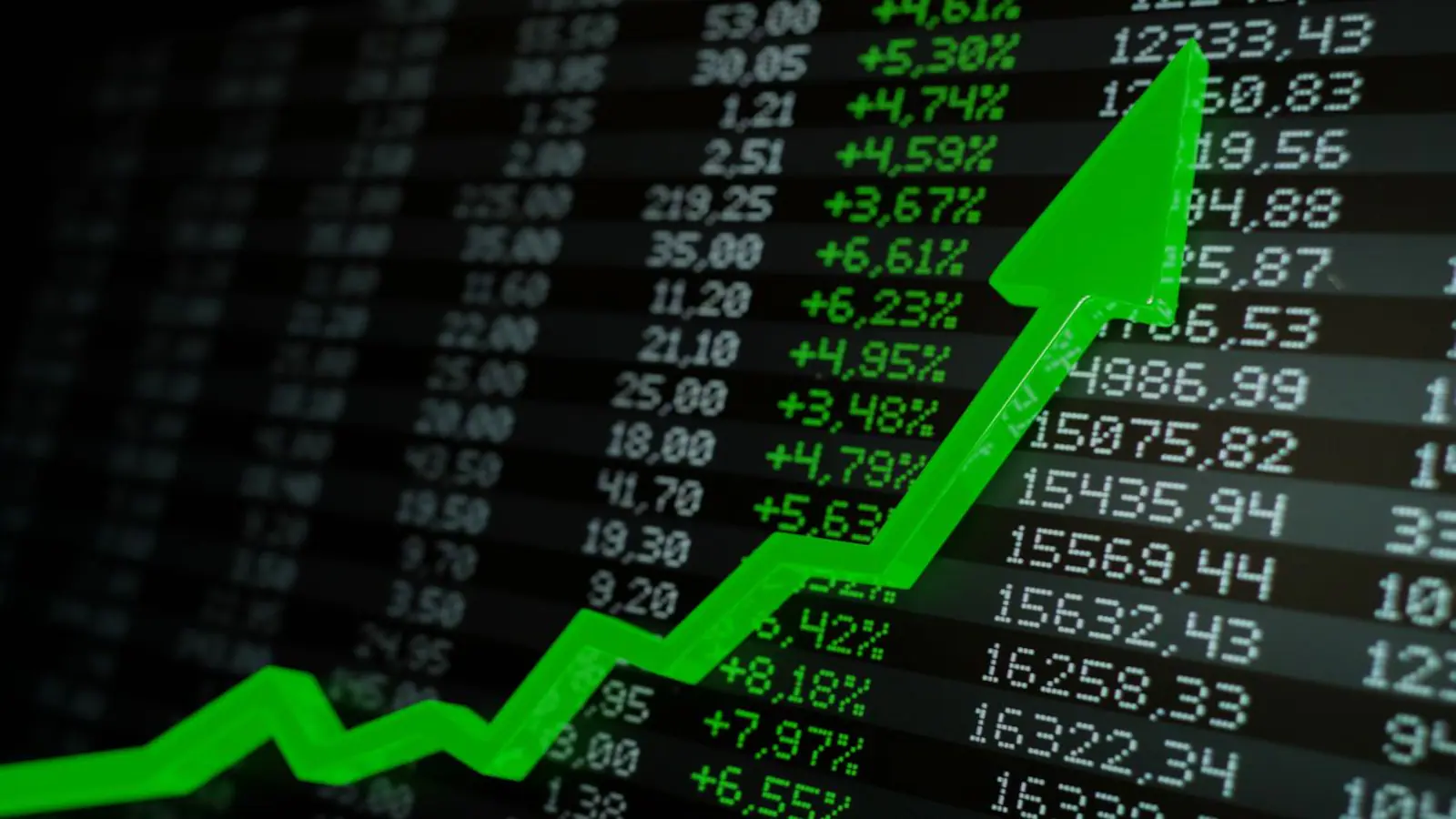Spreads and order flow are two terms you hear all the time. But many traders focus on one without understanding the impact of the other. The truth is, the connection between them runs deeper than most think.
If you’re looking to consistently access the best Forex spreads, understanding how order flow shapes pricing is an essential piece of the puzzle.
Order flow refers to the buy and sell orders moving through the market at any given moment. These are the actual transactions that make price move. Unlike indicators that reflect what has already happened, order flow shows you what’s happening right now.
In a highly liquid market, there’s a steady stream of both buy and sell orders. This balance leads to tight bid-ask pricing, which is exactly what you want. The more balanced and active the order flow, the tighter the spread tends to be. Spreads are the surface, order flow is the engine underneath.
Why spreads widen when flow thins out
When the number of active orders decreases or becomes unbalanced, spreads begin to widen. This happens for several reasons:
- Fewer participants means fewer prices to match
- Liquidity providers step back during uncertainty
- Imbalances create hesitation among market makers
This is often seen during off-peak hours or sudden market shocks. If you try to trade during these conditions, even with a good broker, you might struggle to access the best Forex spreads.
The role of liquidity providers
Liquidity providers are key to both order flow and spread quality. They act as intermediaries, constantly supplying bid and ask prices. Brokers rely on them to quote spreads. When providers see active, balanced order flow, they offer tighter quotes because their risk is lower.
When the flow drops or becomes unpredictable, they widen quotes to protect themselves. That cost is passed on to you in the form of wider spreads.
So when you see your spread widen suddenly, it’s often not your broker causing it but a reaction to what’s happening in the order flow.
How traders can monitor order flow signals
While full order book access is limited to institutional platforms, retail traders can still read the clues.
- Use depth-of-market tools if your platform offers them
- Watch how price reacts to known levels, sharp rejection often signals order imbalances
- Pay attention to price stalling or erratic movement as it often signals weak flow
These signs let you gauge whether the best Forex spreads are likely to hold or shift.
Matching your strategy with flow
Scalpers and high-frequency traders depend heavily on spreads. If the flow is light or unstable, even the best setup might end with poor execution.
Trend traders also benefit from watching flow. When strong momentum is supported by consistent order pressure, spreads often stay low because liquidity remains balanced.
Knowing when to trade is just as important as knowing what to trade.
Spreads don’t exist in isolation. They are a reflection of how much buying and selling is happening and how willing liquidity providers are to take the other side of your trade.To consistently trade with the best Forex spreads, watch what’s happening beneath the surface. Order flow tells the story. It reveals whether you’re trading in smooth waters or turbulent waves. When you understand this link, your timing improves, your entries cost less, and your strategy becomes sharper.


